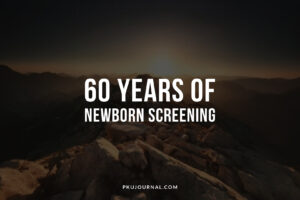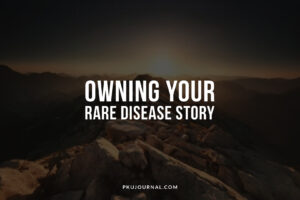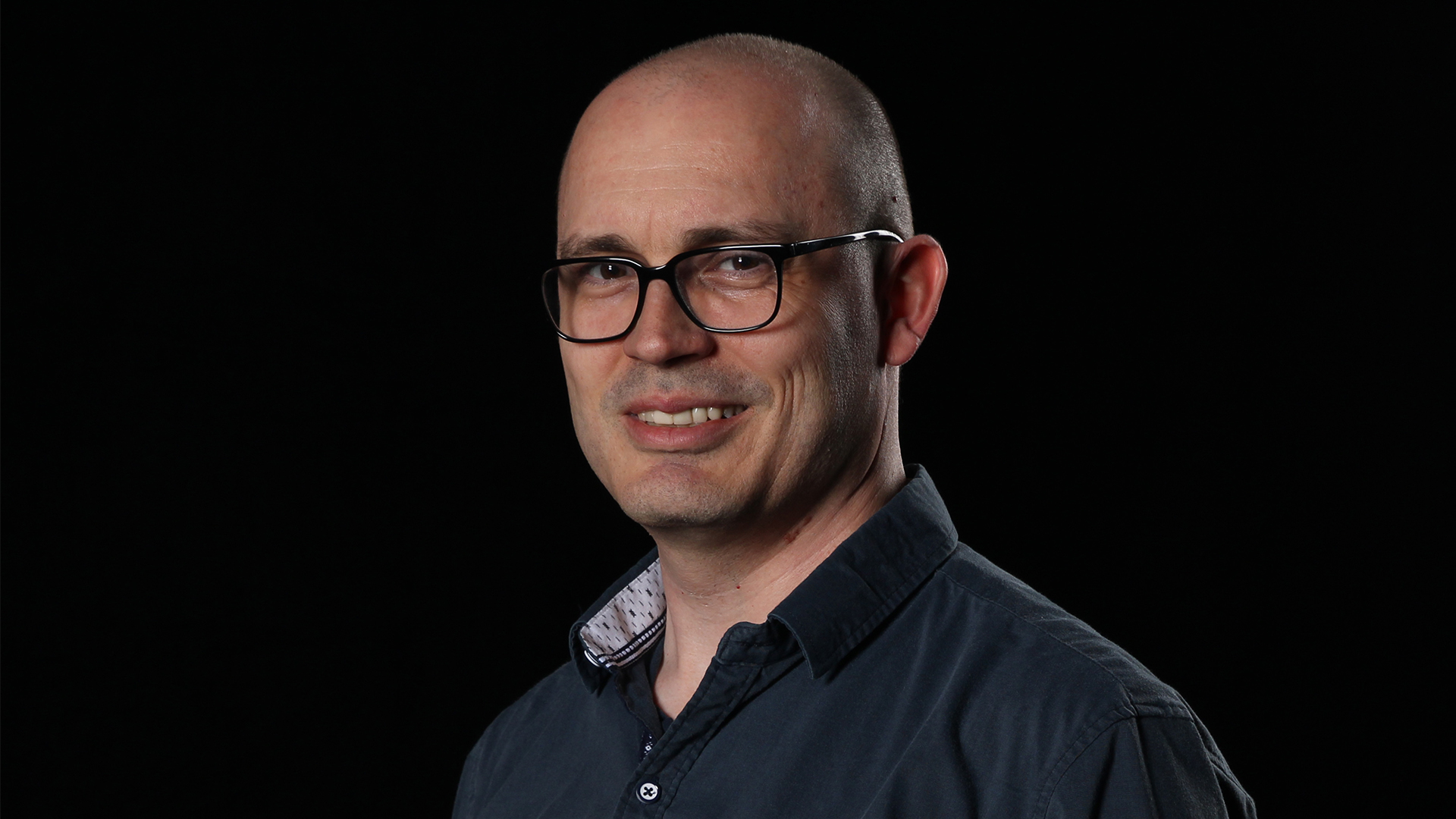The story of newborn screening is about a changed generation.
In 2013 I produced this video for the Association of Public Health Laboratories (APHL) to celebrate 50 years of newborn screening in the United States. I was thankful to learn more about this public health program that saved my life.
Newborn screening isn’t just an essential public health program.
Newborn screening is a human right. (Check out this article for my response to a change in federal US newborn screening policy in 2025).
More About Newborn Screening From APHL
APHL provided a great overview of the newborn screening system for an episode of my podcast called “Call Me Bob”: A Story About Dr. Robert Guthrie:
“Each year nearly four million US newborns are screened for a panel of genetic conditions, hearing loss, and critical congenital heart disease or CCHD as part of a process called “newborn screening.” Fourteen thousand of those babies will be identified with a condition that could cause disability or death if not detected and treated early. That’s 14,000 babies whose lives are saved or improved through newborn screening every year. It is one of the fastest, safest ways to help protect your baby against certain medical conditions.
Newborn screening has three components: hearing, CCHD, and blood spot screening. Hearing and CCHD screening are conducted at the hospital before the family is discharged (or at home before the birth attendant leaves), but the blood spot screening is conducted by the state or territorial public health laboratory. A day or two after the baby is born, a few drops of blood are collected from the baby’s heel on a filter paper. It’s a simple and routine procedure. The sample is then sent to the public health laboratory which tests for a panel of genetic conditions that may differ state to state. Those little drops of blood can provide huge amounts of life-altering information in the baby’s first days of life.
But public health labs do more than newborn screening! Whether it’s diagnostic and surveillance testing for infectious diseases, tracing the source of a foodborne outbreak, or testing the air, water, and soil for contaminants, your public health lab is there working to keep you and your community healthy.
And there’s an organization that supports public health laboratories in the US and many overseas called the Association of Public Health Laboratories or APHL. APHL works to strengthen the role of public health labs to make sure they have the resources they need to do their jobs. APHL works closely with local, state, federal, and global partners to ensure routine testing is performed consistently and accurately and that public health emergencies are responded to rapidly and effectively. To learn more about APHL and public health laboratories, visit APHL.org.”











Leave a Reply